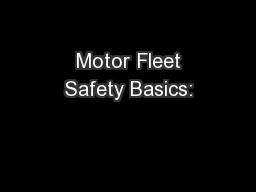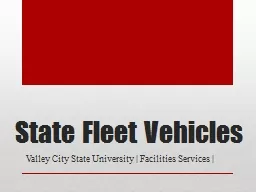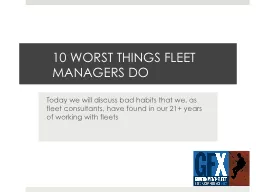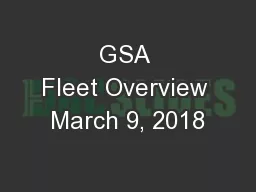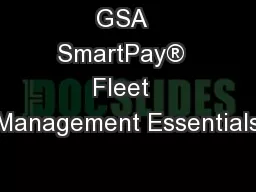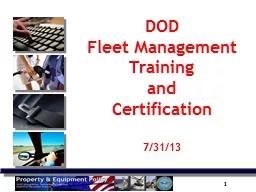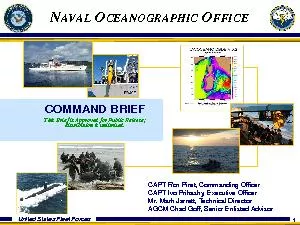PPT-Motor Fleet Safety Basics:
Author : kittie-lecroy | Published Date : 2020-04-05
Training for the Safety Supervisor Unit 3 Canadian Provincial Federal Workers Compensation and USDOT RecordKeeping Issues and Requirements Unit 3 Objectives Identify
Presentation Embed Code
Download Presentation
Download Presentation The PPT/PDF document " Motor Fleet Safety Basics:" is the property of its rightful owner. Permission is granted to download and print the materials on this website for personal, non-commercial use only, and to display it on your personal computer provided you do not modify the materials and that you retain all copyright notices contained in the materials. By downloading content from our website, you accept the terms of this agreement.
Motor Fleet Safety Basics:: Transcript
Download Rules Of Document
" Motor Fleet Safety Basics:"The content belongs to its owner. You may download and print it for personal use, without modification, and keep all copyright notices. By downloading, you agree to these terms.
Related Documents

